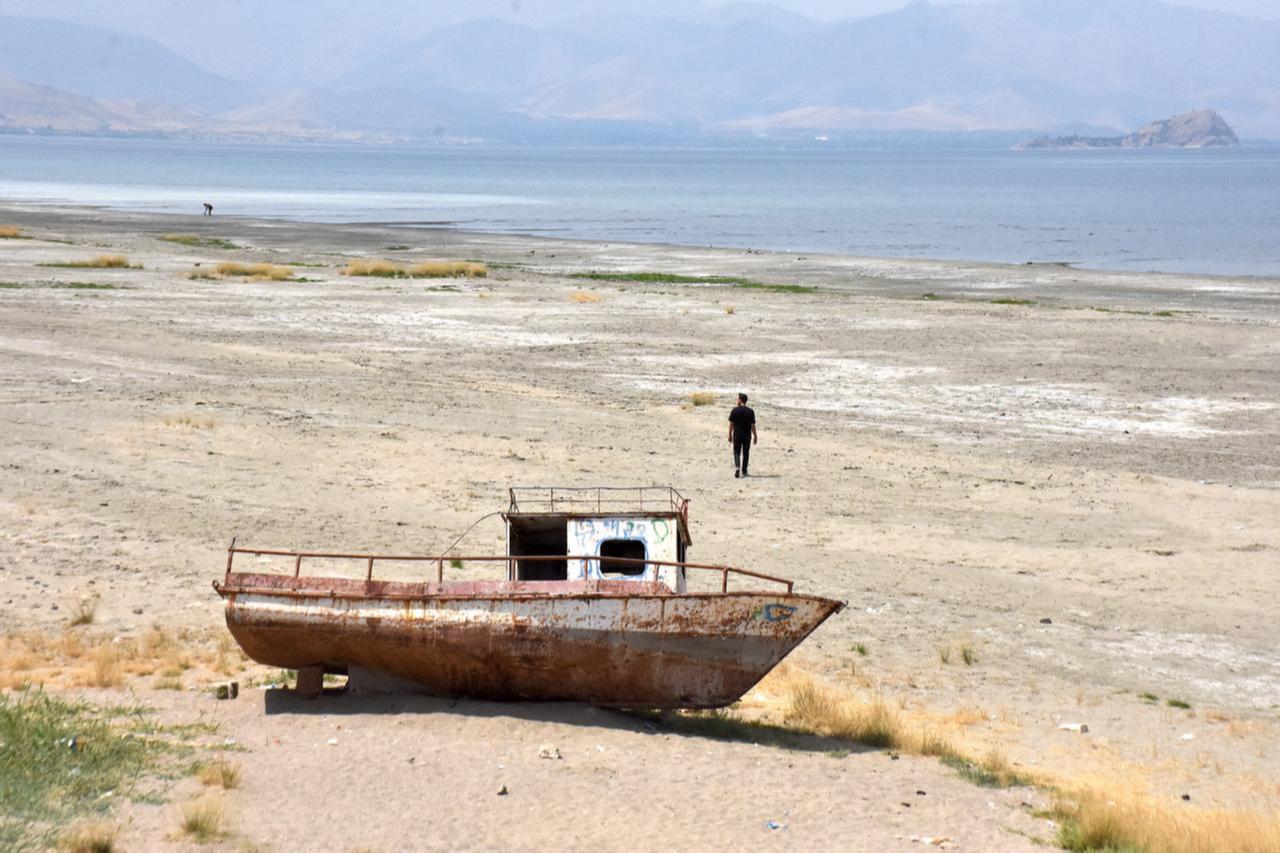
Türkiye is grappling with its most severe drought in more than 50 years, with rainfall dropping by 27% compared to the long-term average, according to the Turkish State Meteorological Service (MGM). Between October 2024 and August 2025, precipitation measured just 401 millimetres (15.8 inches), compared to 548.5 millimetres in the period from 1991 to 2020.
The agency underlined that rainfall over 11 months had fallen to its lowest point in 52 years, with southeastern Anatolia, a region that borders Syria and is already prone to arid conditions, witnessing a reduction of more than 60%. In some areas, less than 250 millimetres of rain fell, compared to long-term averages of over 1,000 millimetres.
The drought has been accompanied by record-breaking heat. July 2025 was Türkiye’s hottest July in 55 years, with average temperatures rising 1.9 degrees Celsius above normal. In the southeastern town of Silopi, the thermometer hit 50.5°C, marking an all-time high for the country. In Adana, a major citrus-producing hub in the south, the mercury climbed to 47.5°C in early August, the hottest day recorded there in 95 years.
In western Türkiye, water reserves also reached alarming levels. Cesme’s main reservoir shrank to just 3% of its usual capacity, exposing an old road normally hidden under water. The country’s mosques held collective prayers for rain at the beginning of August, a traditional response during times of agricultural and environmental hardship.
The drought has taken a heavy toll on farming, one of Türkiye’s most critical sectors. The country supplies the majority of the world’s apricots, apples, figs and hazelnuts, but harvests have been sharply affected by the combination of high temperatures and lack of water. These crops represent around 70% of global production, placing both domestic farmers and international markets at risk.
President Recep Tayyip Erdogan recently estimated agricultural losses at ₺23 billion (about $557 million) for Türkiye’s 50,000 insured farmers. He also pledged state assistance for the country’s 420,000 uninsured farmers, many of whom have seen their incomes collapse.
Experts warn that the current crisis is part of a long-term climate trend. A study published in July suggested that 88 percent of Türkiye is at risk of desertification, a process in which fertile land turns into desert due to factors such as drought, deforestation and inappropriate agriculture. Projections indicate that by the end of the century, rainfall could decline by a third and average temperatures may climb by as much as 5°C to 6°C compared to the second half of the 20th century.